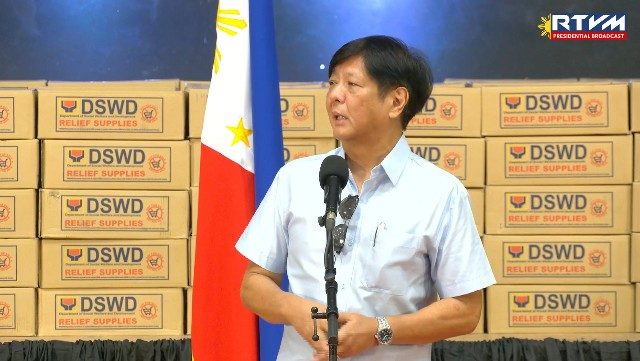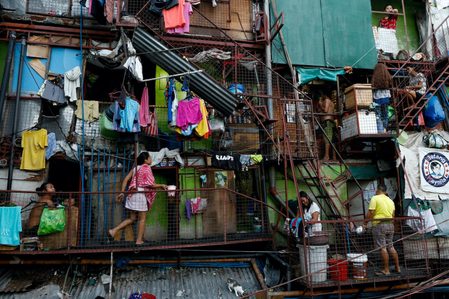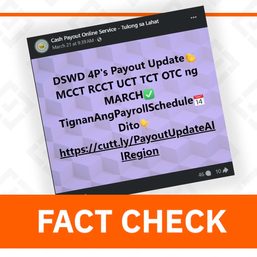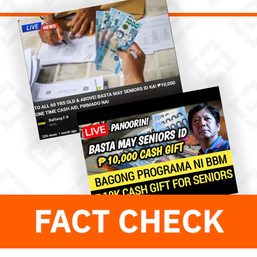SUMMARY
This is AI generated summarization, which may have errors. For context, always refer to the full article.

MANILA, Philippines – President Ferdinand Marcos Jr. signed Executive Order (EO) No. 44 last Thursday, October 13, officially establishing the food stamp program as one of his priority projects.
The EO was released to the media on Sunday morning, October 15.
“The DSWD, as the primary government entity responsible for the implementation and management of social welfare development programs in the country, shall be the lead implementing agency of the Food Stamp Program,” the EO stated.
“The DSWD shall undertake the necessary steps for the successful implementation and expansion of the Food Stamp Program, including, but not limited to, the identification of eligible beneficiaries and collaboration with relevant stakeholders to ensure efficient and timely distribution and use of food stamps,” it added.
Five areas were already selected as its pilot areas last July, including Tondo in Manila, Cagayan Valley, Bicol, Caraga, and Bangsamoro.
The program is designed to alleviate hunger in the country’s poorest households as the country continues to grapple with high food costs due to skyrocketing inflation.
The EO requires the DSWD to craft the program’s specific rules in preparation for the full launch of food stamps expected to begin in early 2024.
How does it work?
While there could be slight differences in the actual rollout of the full program, those enrolled in the pilot launch were able to purchase food items based on the list recommended by the Food and Nutrition Research Institute (FNRI).
Payments were credited through an Electronic Benefits Transfer card and monitored by the DSWD.
In the pilot program, P1,500 (or 50%) was allotted to purchase carbohydrate-rich foods like rice and bread; P900 (30%) for proteins like chicken and pork; and P600 (20%) for vegetables, fruits, oil, salt, or condiments.
Other agencies and departments, such as the Department of Agriculture, Department of Labor and Employment, Technical Education and Skills Development Authority, Philippine Statistics Authority, FNRI, the Department of Health, and the Department of Trade and Industry, are also involved in the food stamp program.
The Palace said in a statement the program is aligned with the Philippines’ commitment to “realize the United Nations Sustainable Development Goal No. 2 of ending hunger, achieving food security, improving nutrition, and promoting sustainable agriculture by 2030.”
The overall objective of the program is to eliminate hunger and achieve food security by 2027. – Rappler.com
Add a comment
How does this make you feel?






There are no comments yet. Add your comment to start the conversation.